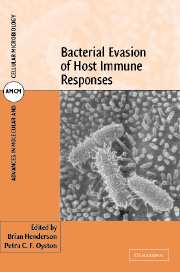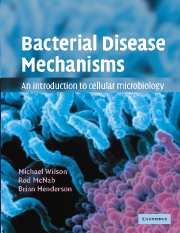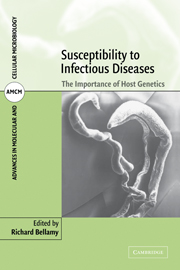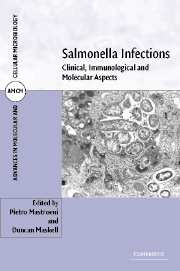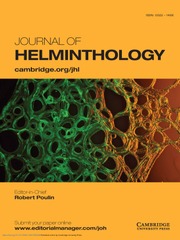Dormancy and Low Growth States in Microbial Disease
All cellular life-forms can exist in replicating and non-replicating states. Organisms replicate only when the conditions are beneficial, and when not replicating they concentrate on survival of these environmental stresses. Many bacteria, harmful to humans, survive the period of infection in a low growth state. This 2003 book addresses the basic science of microbial dormancy and low growth states, putting this in the context of human medicine. Such fundamental topics as bacterial growth and non-growth, culturability and viability are covered, as well as survival of the host's immune response, and inter-bacterial signalling. Following this introduction, more medically focused topics are discussed, namely antibiotic resistance arising during stationary phase, biofilms, the bacteria which cause gastric ulcers and tuberculosis as the classic persistent bacterial infection. This book will interest graduate students and researchers in medical microbiology, immunology and infectious disease medicine who are interested in bacterial dormancy in relation to disease.
- Written by experts in the field, providing an overview of bacterial dormancy in the context of medicine
- Covers the basic science, as well as key topics such as antibiotic resistance
- Discusses dormancy in eukaryotes (yeast and plants), as well the classic persistent bacteria, tuberculosis and the bacteria which cause gastric ulcers
Reviews & endorsements
Review of the hardback: '… an excellent addition to the literature …' Microbiology Today
Product details
September 2003Hardback
9780521809405
288 pages
236 × 158 × 27 mm
0.578kg
Available
Table of Contents
- Introduction
- 1. Physiological and molecular aspects of growth, non-growth, culturability and viability in bacteria Mike Barer
- 2. Survival of environmental and host-associated stress Petra Dersch and Regine Hengge-Aronis
- 3. Surviving the immune response: an immunologist's perspective David R. Katz and Gabriele Pollara
- 4. Quantitative and qualitative changes in bacterial activity controlled by interbacterial signaling Simon Swift
- 5. Mechanisms of stationary-phase mutagenesis in bacteria and their relevance to antibiotic resistance Digby F. Warner and Valerie Mizrahi
- 6. Dormancy, biofilms and resistance Anthony W. Smith and Michael R. W. Brown
- 7. Tuberculosis Yanmin Hu and Anthony R. M. Coates
- 8. Gastritis and peptic ulceration Stewart Goodwin
- 9. Resumption of yeast cell proliferation from stationary phase Gerald C. Johnston
- 10. Resting state in seeds of higher plants
- dormancy, persistence and resilience to abiotic and biotic stresses Hugh W. Pritchard.


